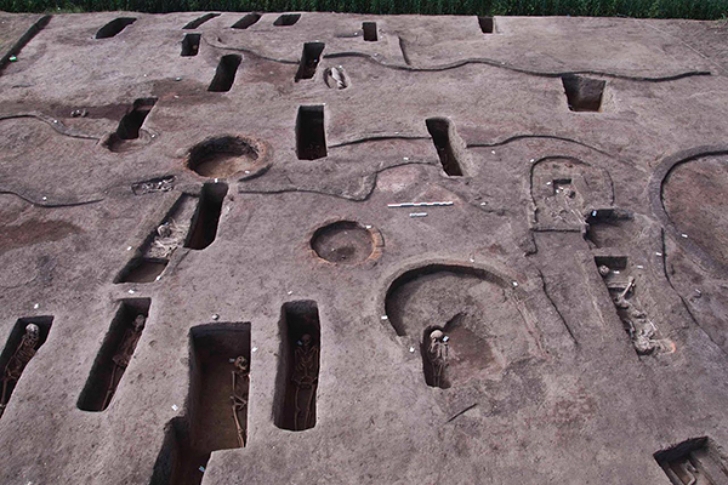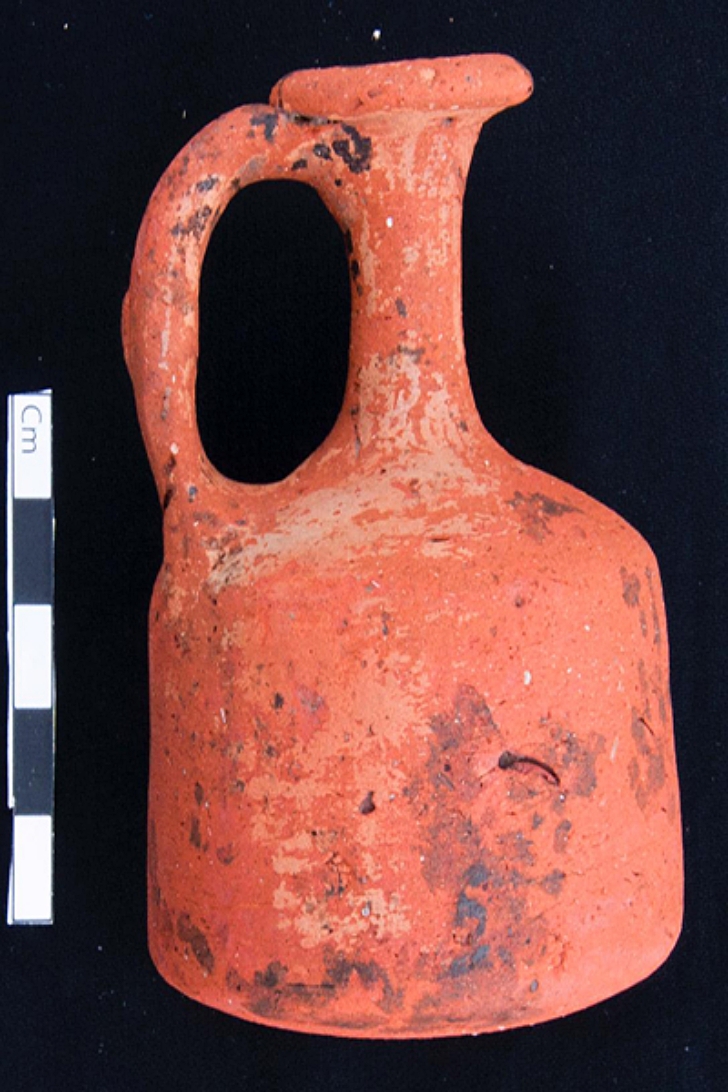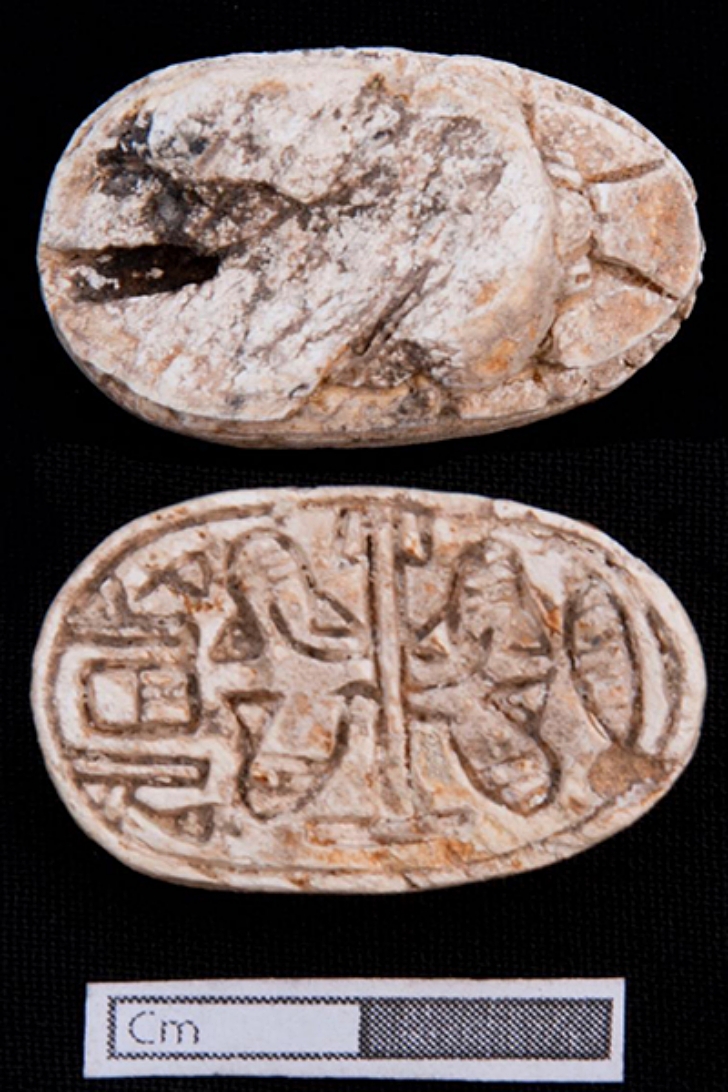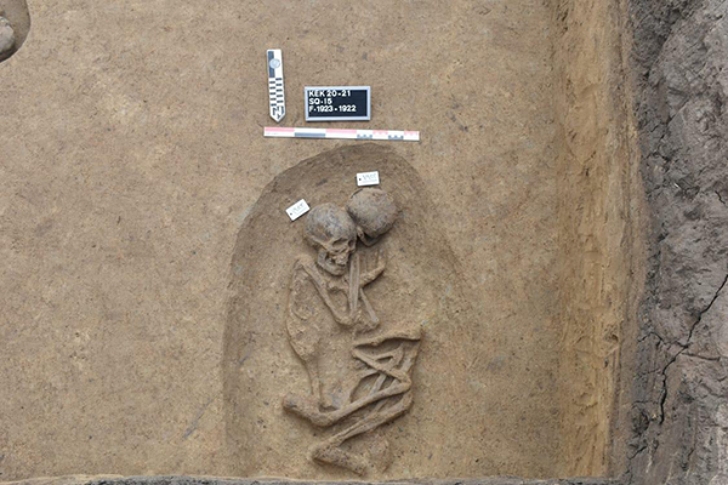Elaborate Pre-Dynastic Tombs Discovered in Egypt
A variety of grave goods were also found with the remains.
Egypt is known for the pyramids and temples laden with decoration, as well as their elaborate tombs and funeral hoards of the rulers of the dynasties of Ancient Egypt, dripping with glittering gold, gems, and priceless statues. These ancient elite were mummified through a complicated process, then placed into ornate sarcophagi, along with anything they could possibly need to maintain their royal lifestyles in the afterlife. But, a recent discovery less than 100 miles from Cairo shows that even before the dynastic period of Egypt the inhabitants were burying their dead in complex tombs.

The discovery of 110 tombs in the ground, 73 of which date to 5,000-years-ago, was recently announced by the Egyptian government, which has named the site Koum el-Khulgan.
Some of the newer tombs date from 3 different periods of time: the Lower Egypt civilization (ending around 3150 BC), the Naqada civilization III (3,300-2,900 BC), and the second transition era of Hyksos (1630–1523 BC). During the earlier eras of Egyptian history hieroglyphics were still being developed and the smaller kingdoms of Egypt were not yet unified under a central government with an all-powerful ruler at the helm.
The tombs of the area reflect a simpler method of burying the dead wherein the body of an interred person would have been arranged to face West, the direction of the land of the dead. Funerary goods were not uncommon among the burials with the most common funeral item being pottery which varied in color, size, and shape. The arid environment and sandy graves have helped to preserve these deceased for thousands of years.

Both adults and children were found at the ancient gravesite, with 1 baby having been buried in a clay pot. Some graves contain multiple occupants whose remains today look as if they were locked in an embrace.
The tombs are located in pits in the ground, with some burials utilizing mud bricks to form enclosures for the deceased. Grave goods included semi-precious amulets and scarabs carved with inscriptions which could have been used as a kind of signet. Earrings and a carved bowl used for kohl were also found as part of the funerary goods.

Many of the oldest graves were oval in shape, while other tombs were rectangular in shape. Also found at the site were several foundations and ovens, though it is unclear what other structures may have once existed near the tombs.
Research at Koum el-Khulgan is ongoing and reports of the number of tombs overall has already increased since the first news of the find were released.

SKM: below-content placeholderWhizzco for DOT

